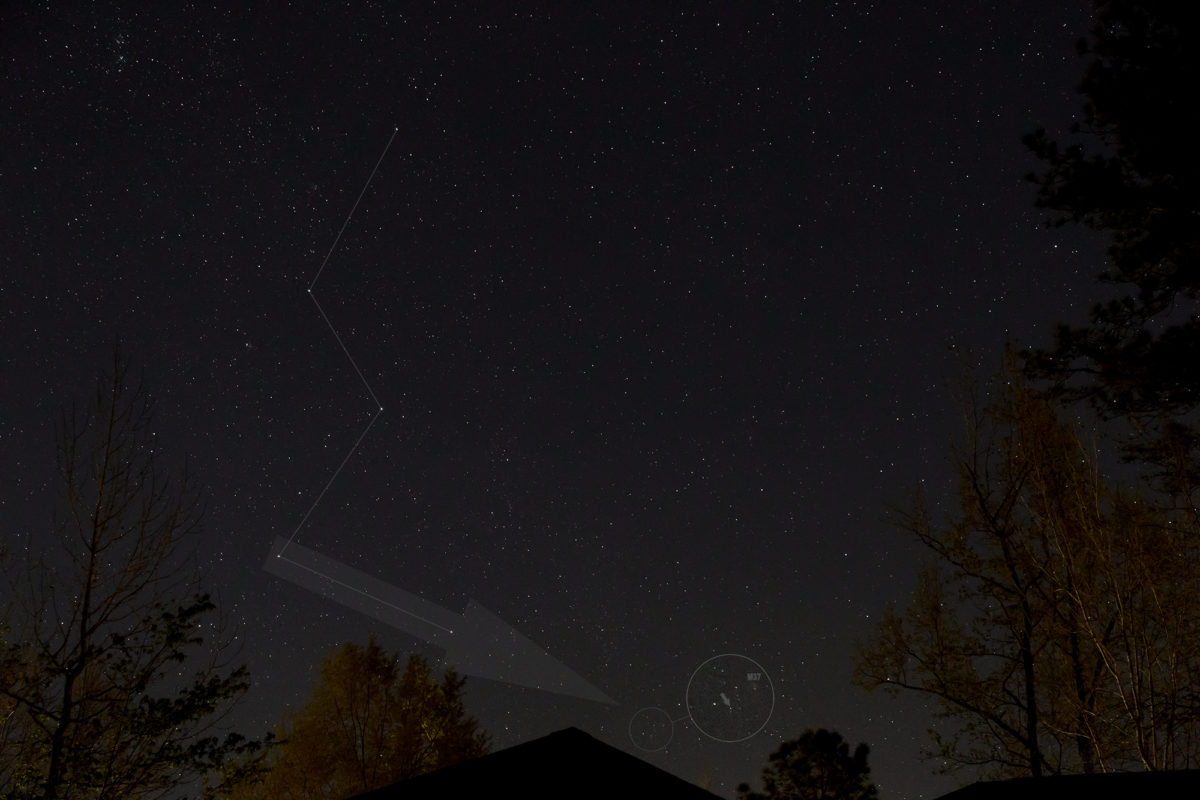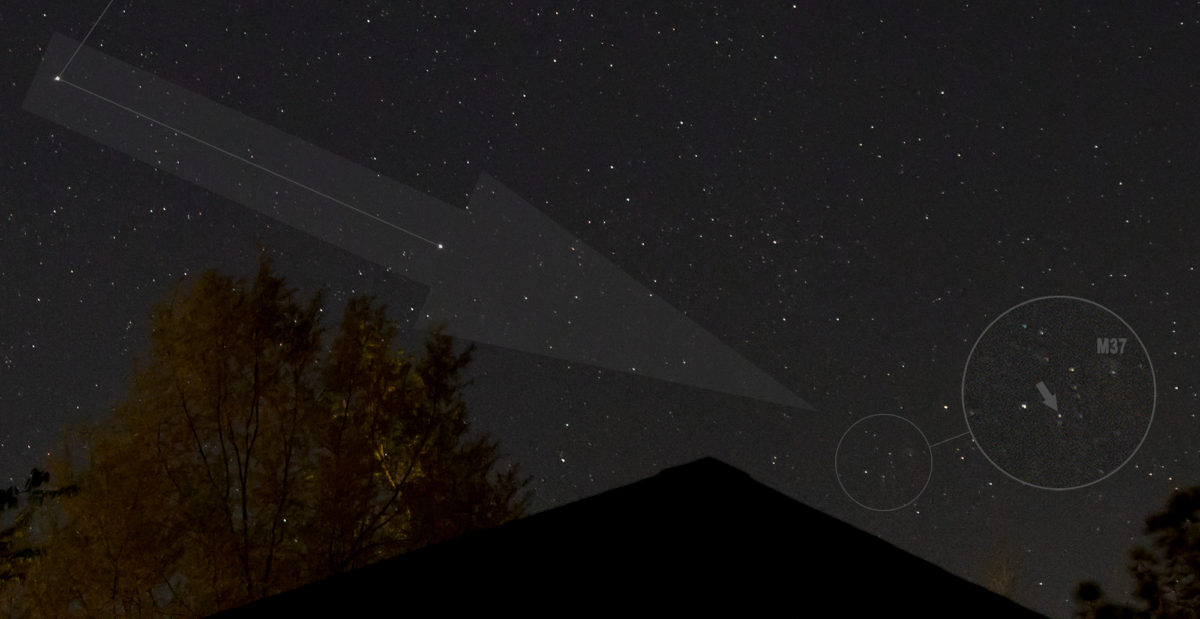On March 18th, Japanese amateur astronomer Yuji Nakamura noticed a star near the constellation Cassiopeia that had not been there four days prior. Over the next few hours and days the star grew brighter. It did not take long for observatories around the world to confirm Yuji had discovered a nova.
What is a nova?
Nova literally means “new star” in Latin. Novae are produced by a binary star system that is composed of a white dwarf (a dead star that has used up all of its fuel) and a red giant (a star nearing the end of its existence). Because of its high gravitational field, the dwarf pulls hydrogen away from the red giant. As more and more hydrogen accumulates around the dwarf, a process known as accretion, the area closest to the dwarf eventually reaches the pressure and temperature needed to create a nuclear fusion reaction. The resulting explosion expels unburnt hydrogen into space at a tremendous speed producing a burst of light – a nova. When all the hydrogen is consumed or expelled (this can take hours to weeks), the star returns to the white dwarf stage. However, the force of the explosion could also cause the dwarf to blow up producing a supernova which would be many times brighter than a nova.
Location
The recently discovered nova has been designated V1405 Cas, meaning it is the 1,405th variable star in the constellation Cassiopeia. It was first observed around magnitude 9.4 but rapidly brightened and has been holding steady around magnitude 8. This is bright enough to be visible in binoculars or small telescopes.
To find the nova look low on the northwestern horizon after sunset. There you will see Cassiopeia standing on end. The bottom two stars (Shedar and Caph) can be used as a pointer to the open cluster M37. The nova is located below and to the left of M37.


I recommended you view the nova at your earliest possible convenience because it can disappear just as quickly as it appeared.

